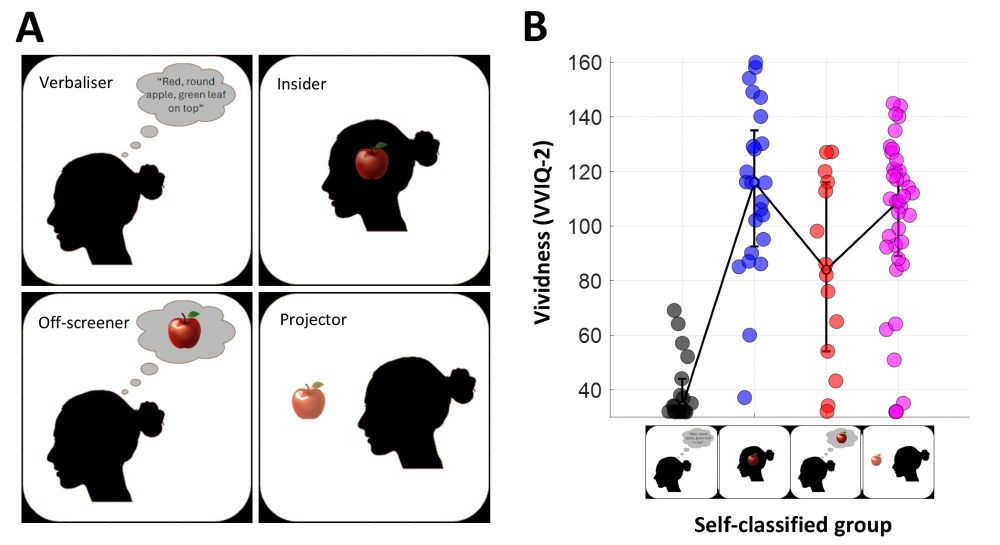Sam Schwarzkopf
@sampendu.bsky.social
1.7K followers
1K following
640 posts
Kiwified neuroscientist & perception researcher at the School of Optometry & Vision Science at Waipapa Taumata Rau | University of Auckland, Aotearoa New Zealand. Lab website: sampendu.net
#UltimaDragon
Posts
Media
Videos
Starter Packs
Pinned

